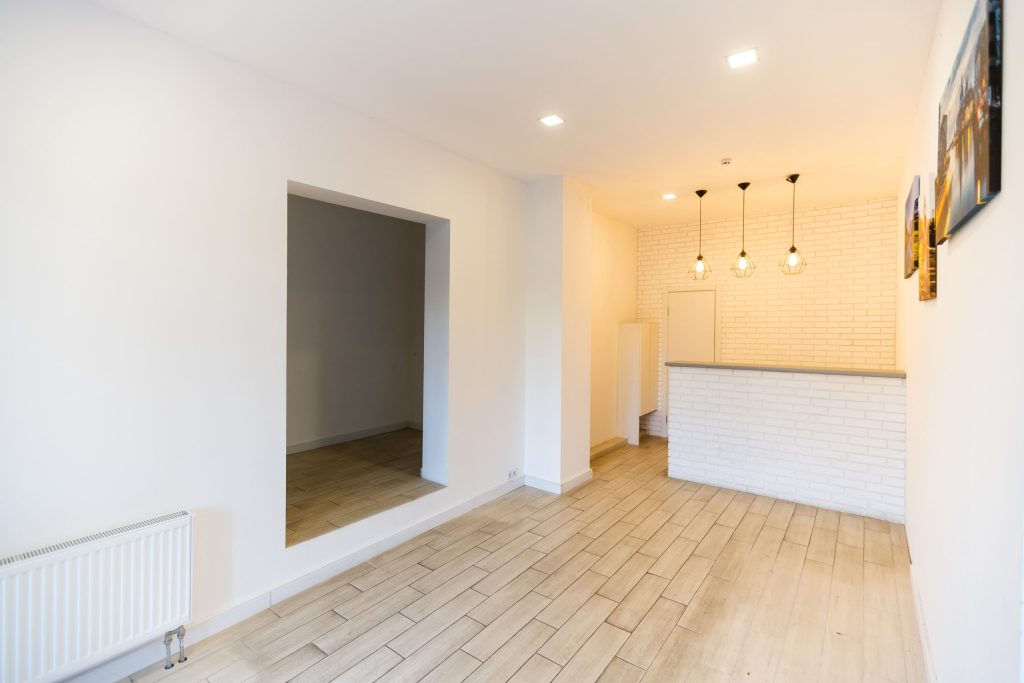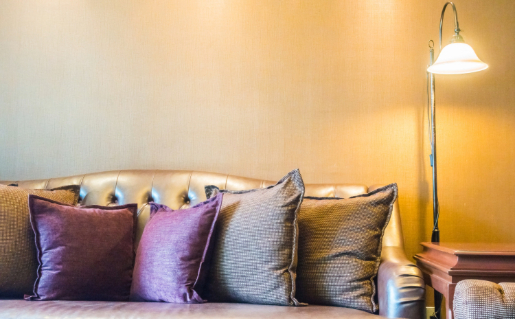One of the most common challenges for homebuyers is understanding what carpet area means in property listings. This term defines the exact usable space within an apartment and plays a central role in evaluating value.
While developers often highlight the built-up area, which includes walls and certain structural elements, this figure differs significantly from what a buyer can use. Adding another layer of complexity, brochures also present the super built-up area, a calculation that blends private and shared spaces to arrive at the saleable size.

The most direct measure of a home’s livable space is the carpet area. In simple words, it is the floor area within the walls of your flat where you can place furniture or move around freely. This includes living rooms, bedrooms, kitchens, and bathrooms, along with the internal passages. Balconies, external walls, and shared facilities are excluded. This makes carpet area the most reliable indicator of the actual space available for everyday use.
In real estate definitions, when people ask what carpet area means, the answer is straightforward: it is the usable area confined within the inner walls of the flat. It is often the most accurate representation of the space a buyer gets for personal use.
Carpet area is important because it is directly linked to utility and livability. Even if two apartments are priced similarly, one with a larger area offers more functional space. Regulatory frameworks like RERA (Real Estate Regulatory Authority) in India emphasise usable area for transparency, ensuring buyers understand the actual size of their investment.
In simple terms, carpet area can be calculated by summing up the usable spaces like rooms and kitchens while excluding walls, verandas, and common areas. This clarity helps buyers distinguish between marketing claims and actual property size.
Many buyers also compare the difference between floor area and carpet area, since floor area includes walls and circulation space, while carpet area isolates what is truly usable. Recognising this difference avoids confusion during property evaluation.
The built up area is broader than the carpet area, as it includes the carpet space plus walls, balconies, terraces, and sometimes utility ducts. This measurement usually exceeds carpet size by about 10–20 per cent, though the ratio varies by design.
For those asking what is built up area and carpet area are, the built-up measurement incorporates both the usable living zone and the structural additions that frame the apartment. Builders often present this figure in brochures because it appears larger, but it does not reflect only the livable portion.
The built-up area is relevant for understanding how much of the property’s cost is linked to structural components. It also matters in legal agreements, where space is defined more comprehensively. When comparing built up area vs carpet area, buyers must note that the former inflates the size by including elements outside daily living zones, while the latter is the true measure of usable space.
Built-up area is calculated by adding carpet space with internal and external wall thickness, balconies, and additional attached areas. This gives a larger figure than carpet size, often leading to price discrepancies that need careful evaluation.
The super built up area meaning is broader still. It combines the built-up measurement with a proportionate share of common amenities, such as lobbies, staircases, lifts, and clubhouses. Developers use this figure to calculate the saleable size of a flat. When asked what is super area is, the simplest answer is: it is the built-up area plus shared facilities divided among all units. This ensures the costs of shared infrastructure are fairly distributed.
In brochures, you may also see references to what is super built up area, which is the terminology often adopted for marketing saleable dimensions. Buyers should note, however, that this number is significantly larger than carpet space and should not be confused with livable square footage.

The super built-up measurement is critical because it defines pricing. Real estate projects usually quote rates per square foot based on super built-up values, not carpet area. Understanding the super built up area vs carpet area comparison helps buyers evaluate how much of the purchased square footage is livable versus shared. In high-rise apartments with large amenities, the gap between the two can be substantial.
Developers calculate super built-up space by adding the built-up area with common facilities proportionately distributed. For instance, if a building has 20 apartments sharing a lobby of 2000 square feet, each unit bears a portion of this shared area. Although the figure looks attractive in brochures, buyers must cross-check how much of the quoted size translates into real utility.
The difference between carpet area and built up area is one of the most common points of confusion. Carpet area shows the space you live in, while built-up area adds walls and attached areas. The super built-up area goes further, distributing a share of the common amenities among all units.
Buyers must keep in mind that only carpet size defines the actual usable space. Built-up and super built-up numbers, while relevant for pricing, can inflate perceptions of size. For investors learning what commercial real estate is can help in making appreciable investment choices.
Developers rely on different measurements when presenting a property. The usable area highlights living space, which is now regulated for transparency. At the same time, the built up area provides a sense of the apartment’s structural footprint. Finally, the super built up area offers the saleable figure, which becomes the basis for pricing.
By doing this, builders can showcase their projects attractively while meeting disclosure norms. Buyers, should also look in to what the future of luxury real estate is for more in-depth knowledge about the industry and what all needs to be considered while buying a property.
To make informed property decisions, buyers must distinguish between these three measures. The carpet area is the true usable living space inside the flat. The built up area expands on this by including walls and attached balconies. The super built up area further adds a share of shared amenities and common facilities.
With Confident Group evaluating different projects, prioritising carpet area for comparisons and understanding the benefits of choosing RERA approved projects are much more easier and promising. The other figures are useful for context, but the livable space is what matters most.

Ever heard of row houses? They are identical low-rise homes built side-by-side in a row. Each is a single residential unit with its own living space and entrance. This design dates back to 1...

Understanding the difference between warm light vs cool light is key to designing a comfortable, visually appealing home. Many homeowners wonder, “What is cool light and warm light?”, es...
Comments